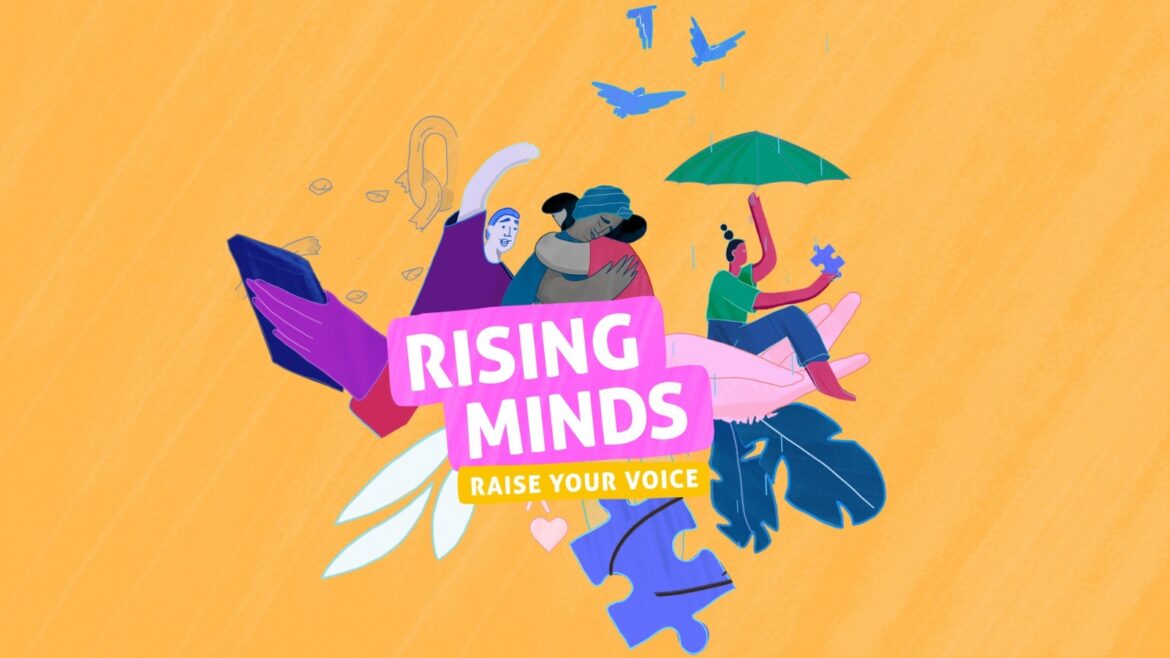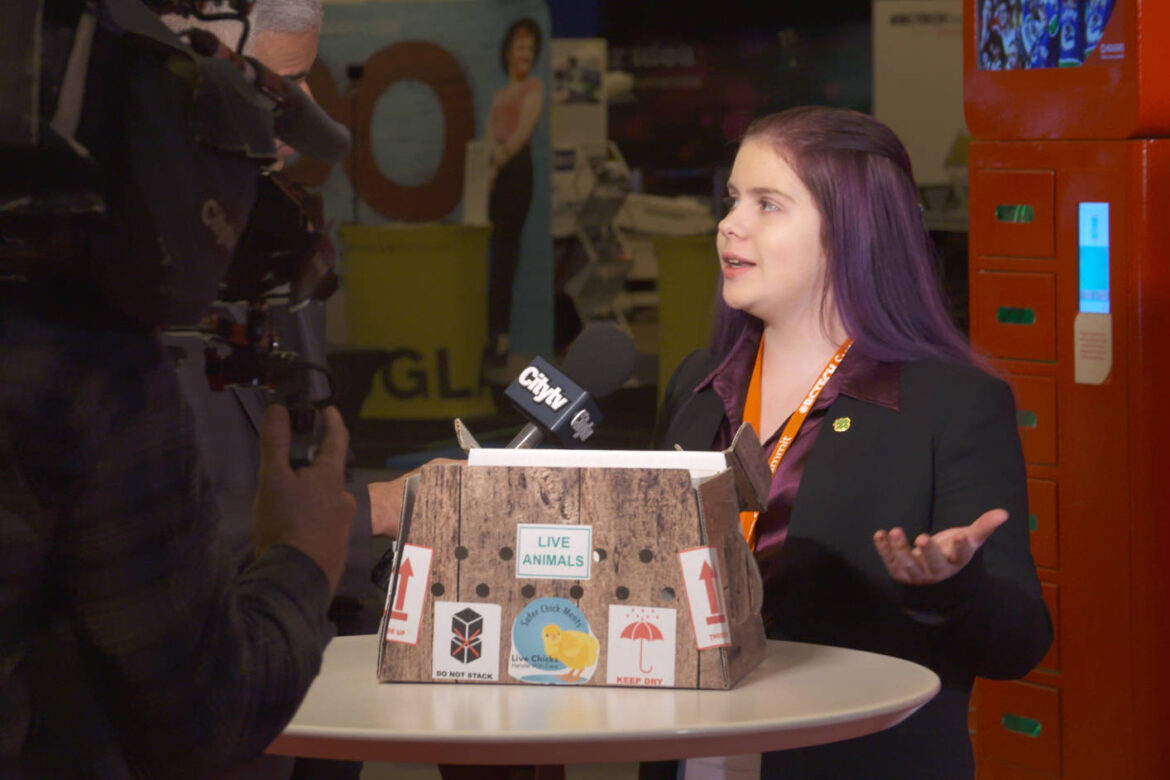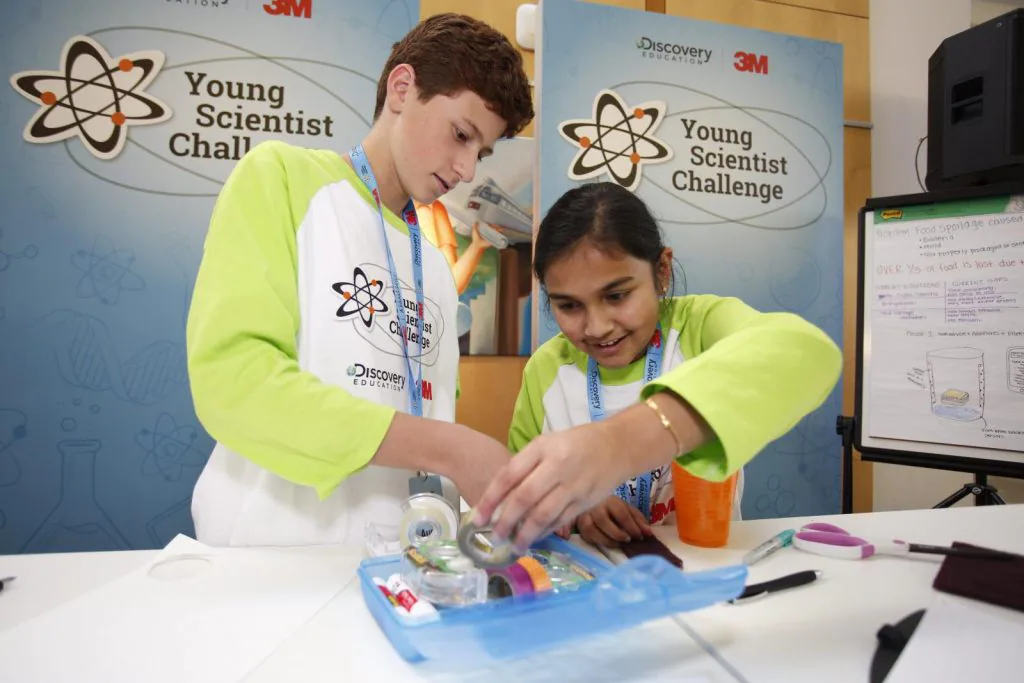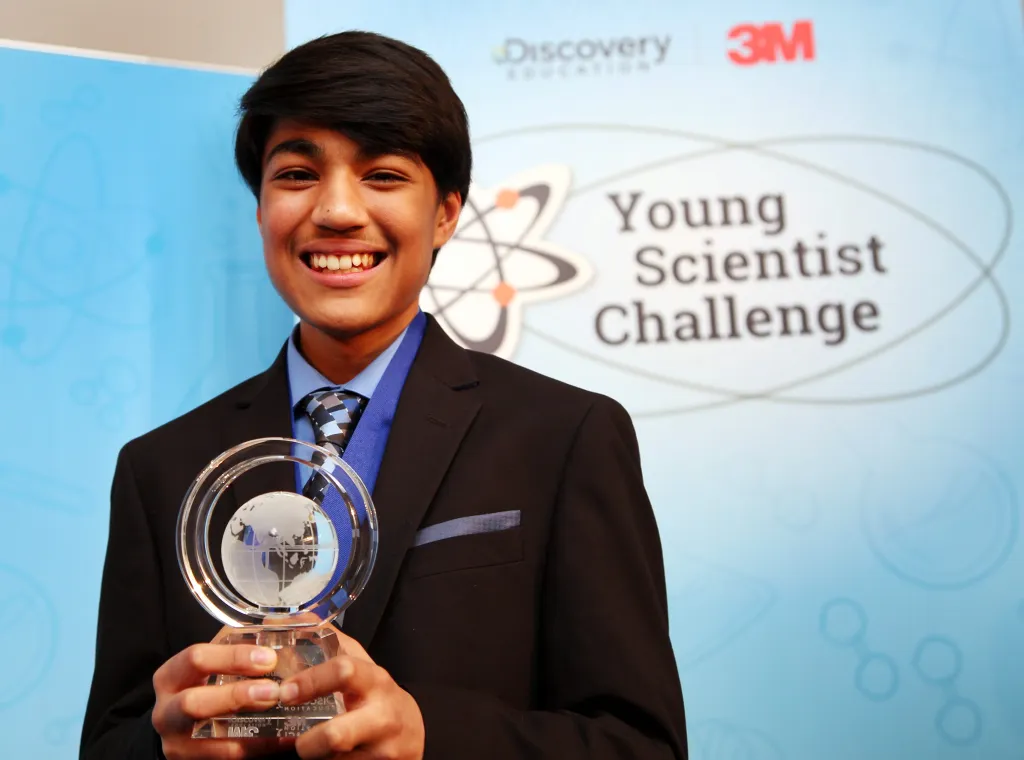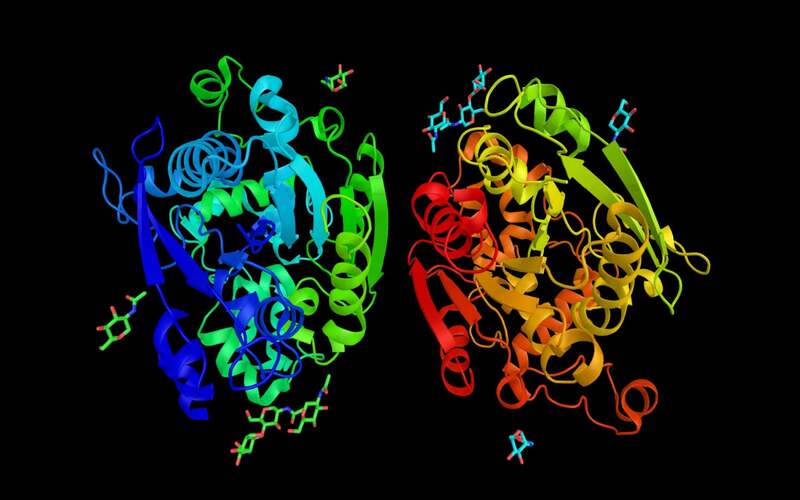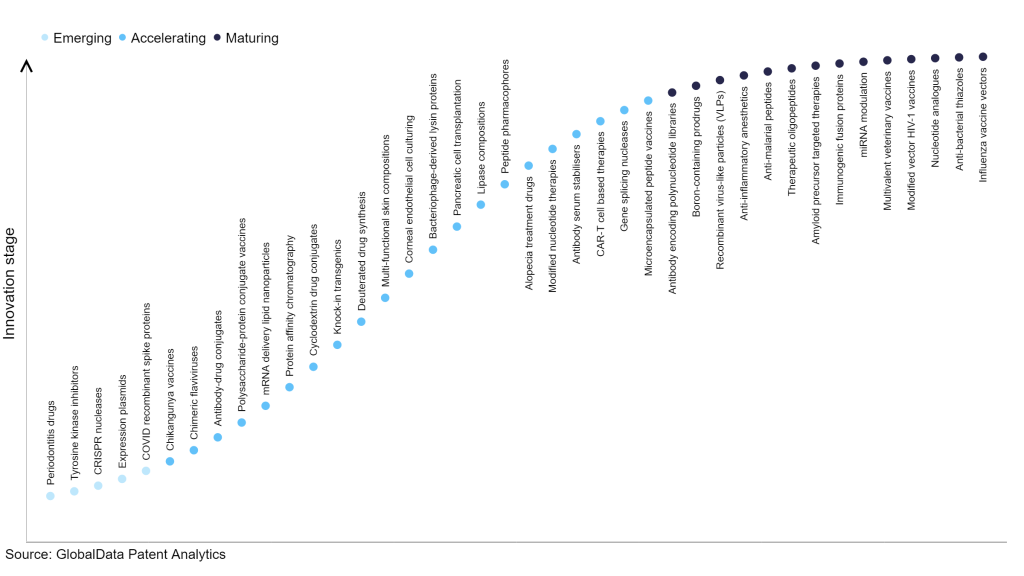Dive into the creative minds of young innovators, exploring their unique perspectives, imaginative thinking, and innovative approaches to problem-solving.
KEY TAKEAWAYS
- Young innovators possess unique characteristics such as curiosity, fearlessness, and unconventional thinking.
- Supportive environments and education play a crucial role in nurturing the creative minds of young innovators.
- The creative process of young innovators involves idea generation, experimentation, prototyping, and collaboration.
- Real-world scenarios highlight the impact and successes of young innovators and their innovations.
- Nurturing and supporting young innovators can be achieved through incorporating creativity in education, providing resources, and establishing mentorship programs.
- Exploring the creative minds of young innovators is essential for understanding their potential to shape the future.
Are you curious about the extraordinary ideas and groundbreaking solutions that spring from the creative minds of young innovators? In a world where innovation is constantly shaping our future, it is crucial to delve into the fascinating realm of these young visionaries. These creative minds possess a unique blend of curiosity, fearlessness, and unconventional thinking that propels them to challenge the status quo and explore new frontiers.
This article invites you to embark on a captivating journey as it explores the creative minds of young innovators. It will unravel the characteristics that define them, the role of environment and education in nurturing their talents, and the creative process they employ to transform ideas into reality. Additionally, it will dive into real-world scenarios that showcase the incredible impact of their innovations, allowing you to witness firsthand the tangible difference these young visionaries are making.
Read more as the article unravels the secrets behind their imagination, resourcefulness, and resilience. Discover how their ideas revolutionize industries, improve lives, and shape the future. Prepare to be inspired by the limitless possibilities that emerge from the creative minds of young innovators.
The Nature of Young Innovators
Young innovators possess a distinctive set of characteristics that fuel their creative minds and enable them to make groundbreaking contributions. Some of the key traits that define these young visionaries include;
Curiosity and a Hunger for Knowledge
Curiosity acts as a driving force behind the creative minds of young innovators. They possess an insatiable thirst for knowledge, constantly seeking to understand how things work and exploring new ideas. This innate curiosity fuels their exploration of uncharted territories and their ability to ask the right questions. Young innovators are not content with the status quo; they embrace a sense of wonder and actively seek out opportunities to learn and discover.
Fearlessness and a Willingness to Take Risks
Young innovators are not constrained by fear or the fear of failure. They embrace uncertainty and dare to take risks. This fearlessness allows them to venture into uncharted territories, challenge traditional norms, and push boundaries. Young innovators understand that failure is not an endpoint but a stepping stone toward success. They learn from their failures, iterate, and refine their ideas until they achieve the desired outcomes.
Outside-the-Box Thinking and Unconventional Solutions
The creative minds of young innovators are characterized by their ability to think outside the box. They possess a unique perspective that enables them to see possibilities where others may see limitations. Young innovators challenge conventional thinking, question established norms, and propose unconventional solutions. Their fresh and unburdened minds allow them to break free from traditional constraints and come up with innovative approaches to problems.
The Role of Environment and Education
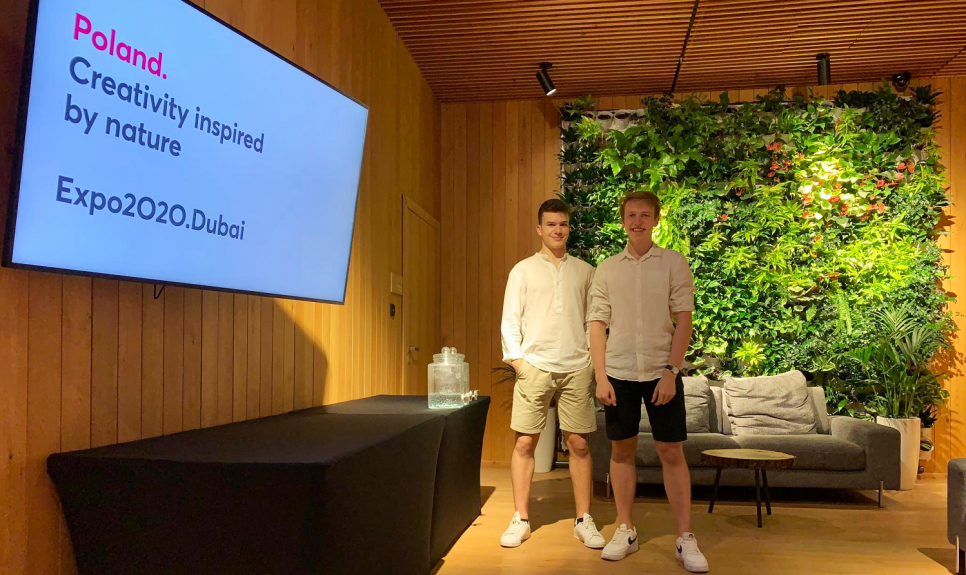
The creative minds of young innovators are nurtured and shaped by the environment and education they are exposed to. The crucial factors that influence their growth are discussed below.
Supportive Environments that Encourage Creativity
Creating supportive environments that foster creativity is vital for young innovators to thrive. These environments provide the freedom to explore, experiment, and express their ideas without judgment or limitations. Supportive communities, educational institutions, and families play a crucial role in nurturing and encouraging the creative minds of young innovators. By providing resources, mentorship, and opportunities for collaboration, these environments empower young innovators to unleash their full potential.
The Influence of Education and Mentoring
Education plays a pivotal role in shaping the creative minds of young innovators. When education systems encourage and incorporate creativity, it provides young innovators with the tools, knowledge, and skills needed to manifest their ideas. Furthermore, mentorship plays a vital role in guiding and inspiring young innovators. Mentors provide guidance, support, and real-world insights, helping young innovators navigate challenges and refine their creative processes.
By understanding the nature of young innovators, their inherent characteristics, and the importance of their environment and education, you can better appreciate and support their creative endeavors. These young visionaries hold immense potential to drive innovation and shape the future with their extraordinary ideas.
The Creative Process of Young Innovators
The creative minds of young innovators are fueled by a dynamic and iterative creative process. The article will dive into the key stages that define their journey from idea to innovation.
Idea Generation and Inspiration
Idea generation is at the heart of the creative process for young innovators. They find inspiration in the world around them, constantly seeking new insights and connections. Whether it’s observing everyday experiences, engaging with diverse cultures, or exploring different fields, young innovators have a knack for identifying opportunities and generating novel ideas.
Finding Inspiration in Everyday Life
Creative minds of young innovators find inspiration in the most ordinary aspects of life. They pay attention to details, ask thought-provoking questions, and see potential in everyday challenges. By immersing themselves in their surroundings, young innovators extract inspiration and transform it into innovative ideas.
Leveraging Technology and Connectivity
Technology and connectivity play a pivotal role in empowering the creative minds of young innovators. They leverage digital tools, online platforms, and social networks to access information, connect with like-minded individuals, and collaborate on a global scale. The digital landscape provides young innovators with boundless opportunities for research, ideation, and sharing of their creations.
Experimentation and Prototyping
Young innovators understand the importance of experimentation and prototyping in turning their ideas into reality. This stage allows them to refine their concepts, test hypotheses, and iterate on their designs.
Prototyping as a Tool for Learning and Iteration
Prototyping serves as a valuable tool for young innovators to learn and iterate. They embrace hands-on experimentation, creating tangible prototypes that bring their ideas to life. Through prototyping, young innovators gain invaluable insights, uncover potential flaws, and refine their solutions iteratively, bringing them closer to their desired outcomes.
Overcoming Failure and Embracing Iteration
Failure is not seen as a setback by young innovators but rather as a stepping stone toward success. They embrace failures as learning opportunities and use them to improve their ideas and solutions. Young innovators exhibit resilience and persistence, constantly iterating and refining their creations based on feedback and real-world testing.
Collaboration and Teamwork
The creative minds of young innovators thrive through collaboration and teamwork. They understand the power of diverse perspectives and the strength that comes from collective efforts.
The Power of Diverse Perspectives
Young innovators recognize that diverse perspectives fuel innovation. They actively seek out collaboration with individuals from different backgrounds, disciplines, and experiences. By integrating a range of viewpoints, they gain new insights and find innovative approaches to solve complex problems.
Building Networks and Communities
Young innovators understand the importance of building networks and communities. They actively engage with like-minded individuals, joining innovation hubs, attending conferences, and participating in workshops. By connecting with fellow innovators, they foster a supportive ecosystem that encourages knowledge sharing, collaboration, and collective growth.
The creative process of young innovators is dynamic, iterative, and driven by inspiration, experimentation, and collaboration. By understanding their approach, you can gain valuable insights into their remarkable ability to transform ideas into impactful innovations.
Real-World Scenarios
Some of the real-world scenarios that showcase the remarkable achievements of young innovators and their groundbreaking innovations. These case studies demonstrate the power of creative minds in solving complex problems and making a tangible impact.
Case Study 1: Solaria by Ava Johnson

Background and Introduction
Ava Johnson, a young innovator with a passion for sustainability, developed Solaria, an innovative solar-powered device that harnesses solar energy to provide clean, affordable electricity to rural communities. Ava was inspired by her visit to an off-grid village and witnessed the challenges faced by the community due to lack of access to electricity.
The Creative Process in Action
Ava’s creative process involved extensive research on solar energy, studying the needs and constraints of the target community, and collaborating with experts in the field. She used her technical skills to design and prototype Solaria, incorporating cost-effective materials and efficient solar panels. Ava’s dedication to sustainability and her iterative design process allowed her to create a robust and scalable solution.
Impact and Successes
Solaria has made a significant impact on the lives of the rural community it serves. The device has provided reliable electricity for lighting, powering essential appliances, and even charging electronic devices. This innovation has improved educational opportunities, healthcare access, and overall quality of life for the community. Ava’s achievement has garnered recognition and support, leading to partnerships with NGOs and government agencies to scale Solaria’s deployment to more communities in need.
Case Study 2: VAXiNNOV by Raj Patel

Background and Introduction
Raj Patel, a young innovator passionate about healthcare, developed VAXiNNOV, an innovative vaccine delivery system that addresses the challenges of vaccine storage and distribution in remote areas. Raj witnessed firsthand the difficulties faced by healthcare workers in delivering vaccines to underserved communities, particularly in regions with limited access to reliable refrigeration.
The Creative Process in Action
Raj’s creative process involved researching existing vaccine delivery systems, consulting with medical professionals, and exploring innovative technologies. He developed a portable, temperature-controlled device that uses innovative cooling mechanisms and smart sensors to ensure the integrity of vaccines during transportation. Raj’s attention to detail and commitment to quality control led to the creation of a reliable and user-friendly solution.
Impact and Successes
VAXiNNOV has revolutionized vaccine delivery in remote areas. The device’s ability to maintain the required temperature range has minimized vaccine wastage and ensured the effectiveness of immunization campaigns. Raj’s innovation has received recognition globally, attracting interest from international health organizations and governments. VAXiNNOV is now being deployed in various regions, bridging the gap in vaccine access and saving lives.
Case Study 3: EcoChef by Maya Gupta

Background and Introduction
Maya Gupta, a young innovator passionate about reducing food waste, developed EcoChef, a smart kitchen appliance that utilizes artificial intelligence and machine learning to optimize cooking processes and minimize food waste. Maya was inspired by the staggering amount of food wasted globally and wanted to create a solution that could make a meaningful impact.
The Creative Process in Action
Maya’s creative process involved extensive research on cooking techniques, analyzing food waste patterns, and studying consumer behavior. She developed EcoChef, an intuitive appliance that monitors ingredient quantities, adjusts cooking settings, and provides real-time recommendations to minimize waste.
Nurturing and Supporting Young Innovators
Nurturing and supporting young innovators is essential for harnessing their creative minds and enabling them to reach their full potential. Explore the key strategies and approaches that foster an environment conducive to their growth.
Encouraging Creativity in Education
Education plays a crucial role in nurturing the creative minds of young innovators. It is essential to create educational environments that embrace and encourage creativity.
Incorporating Innovation in Curricula
To foster creativity, educational institutions can incorporate innovation and creativity into their curricula. By integrating project-based learning, problem-solving exercises, and interdisciplinary approaches, students are encouraged to think critically, explore new ideas, and develop innovative solutions.
Providing Resources and Opportunities
It is vital to provide young innovators with the necessary resources and opportunities to explore their ideas. Access to state-of-the-art facilities, technology, research labs, and maker spaces empowers young innovators to prototype and experiment with their ideas. Moreover, offering grants, scholarships, and competitions can provide financial support and recognition for their creative endeavors.
Mentorship and Guidance
Mentorship plays a pivotal role in nurturing the creative minds of young innovators. Having experienced mentors who can guide and inspire them is invaluable.
The Role of Mentors in Nurturing Young Innovators
Mentors provide guidance, support, and real-world insights to young innovators. They share their knowledge, experiences, and lessons learned, helping young innovators navigate challenges and develop their creative potential. Mentors serve as role models, providing inspiration and motivation to persevere in the face of obstacles.
Creating Mentorship Programs and Networks
Establishing mentorship programs and networks is vital for connecting young innovators with experienced professionals and industry experts. These programs facilitate meaningful interactions, mentorship sessions, and networking opportunities. By fostering connections, young innovators gain access to valuable advice, feedback, and potential collaboration, further fueling their creative minds.
By encouraging creativity in education and providing mentorship and guidance, you can create an environment that nurtures and supports the creative minds of young innovators. These initiatives enable them to unleash their potential, develop innovative solutions, and make a lasting impact on society.
Final Thoughts
Overall, the creative minds of young innovators possess immense potential to drive innovation and shape the future. Their curiosity, fearlessness, and outside-the-box thinking bring fresh perspectives and unconventional solutions. By nurturing their creativity through supportive environments, education, and mentorship, you empower them to make a lasting impact.
Real-world case studies showcased the remarkable achievements of young innovators and their groundbreaking innovations. These success stories exemplified their determination and passion, resulting in tangible benefits for communities. To further support young innovators, it is essential to encourage creativity in education, provide resources and opportunities, and establish mentorship programs.
By fostering the growth of young innovators, you pave the way for a future where their creative minds continue to thrive, shaping a better world for all.

